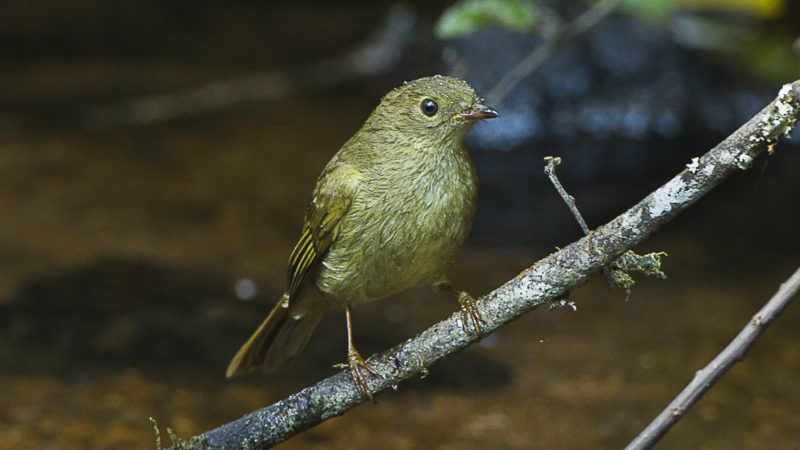The overarching goal of this study is to develop an integrated evolutionarily-informed framework for protecting and managing central African biodiversity under climate change that is grounded in the socioeconomic constraints of the region.
The rainforests of the Congo Basin and Gulf of Guinea are one of the most important centers of biological diversity in the world, harboring roughly 20% of all known species of plants and animals. While numerous efforts have been made to prioritize regions for protection, habitat conversion and deforestation continue at an alarming rate, not only disrupting the dispersal abilities of remaining populations but also severely limiting their capacity to respond to future climate change. Previous conservation strategies have been based on criteria such as irreplaceability and vulnerability, but do not specifically incorporate the evolutionary processes that produce and maintain biological diversity. Here we use an innovative strategy that is both evolutionarily informed and multi-disciplinary in nature. This project unites senior investigators, junior researchers and students from the U.S., Africa and Europe into a common research and education plan centered in Gabon and Cameroon. Both central African countries are biologically-rich with burgeoning protected area networks spanning the rainforests of the Congo Basin, Gulf of Guinea and flanking forest-savannah ecotone.
This project has three parts. First, we use a novel modeling approach to map environmentally-associated genomic and phenotypic turnover in a diverse suite of focal taxa and assess the overlap of these zones of elevated biotic turnover with patterns of species richness and currently protected areas. Second, we evaluate the extent to which evolutionary adaptation, phenotypic plasticity and landscape connectivity might mediate future threats from climate-driven alterations to the landscape. Third, we use this information to develop an integrated prioritization scheme that ranks candidate areas for protection based not only on their evolutionary potential and landscape connectivity, but also on their estimated socioeconomic costs, degree of threat and cultural value.


